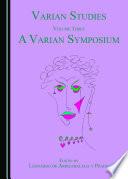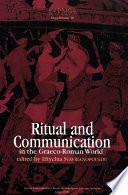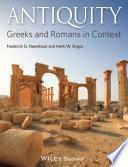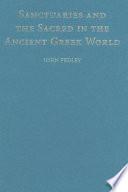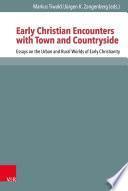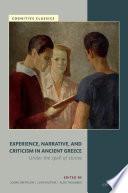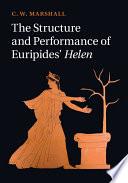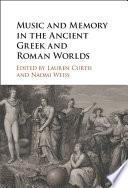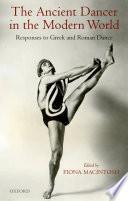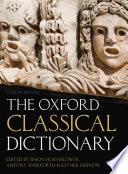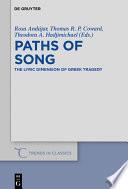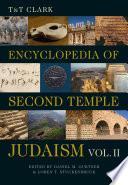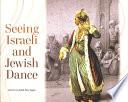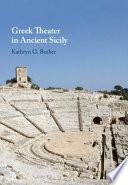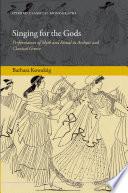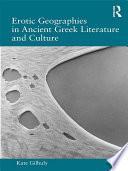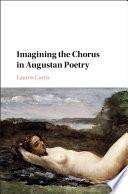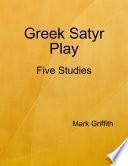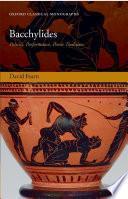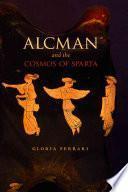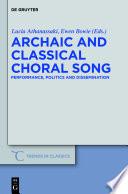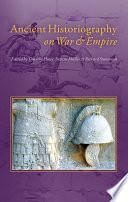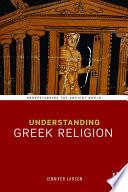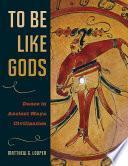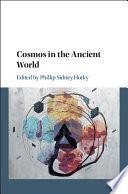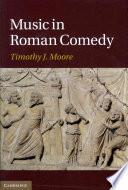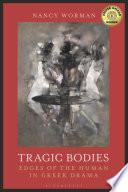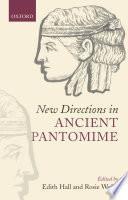
Dance as Third Space
Author: Heike Walz
Number of pages: 420Dance plays an important role in many religious traditions, in rites of passage, processions, healing rituals or festivals. But it is also controversial, especially in Christianity. Colonial European Christian discourses tend to separate dance from religion(s) and spirituality. This volume explores dance as “Third Space”, following Homi Bhabha's postcolonial metaphor. The “Inter-Dance approach” combines interdisciplinary theoretical considerations with case studies. International experts examine dance controversies and discourses from the early church to World Christianity, as well as in Hasidic Judaism, Greek mysteries, Islamic Sufism, West African Togolese religions, and Afro-Brazilian Umbanda. Christian dance theologies are unfolded and the boundary-crossing potential of dance in interreligious and intercultural encounters is explored. The volume breaks new ground in how dance as ephemeral performative art, embodied thought and gendered discourse can transform studies of religion.
